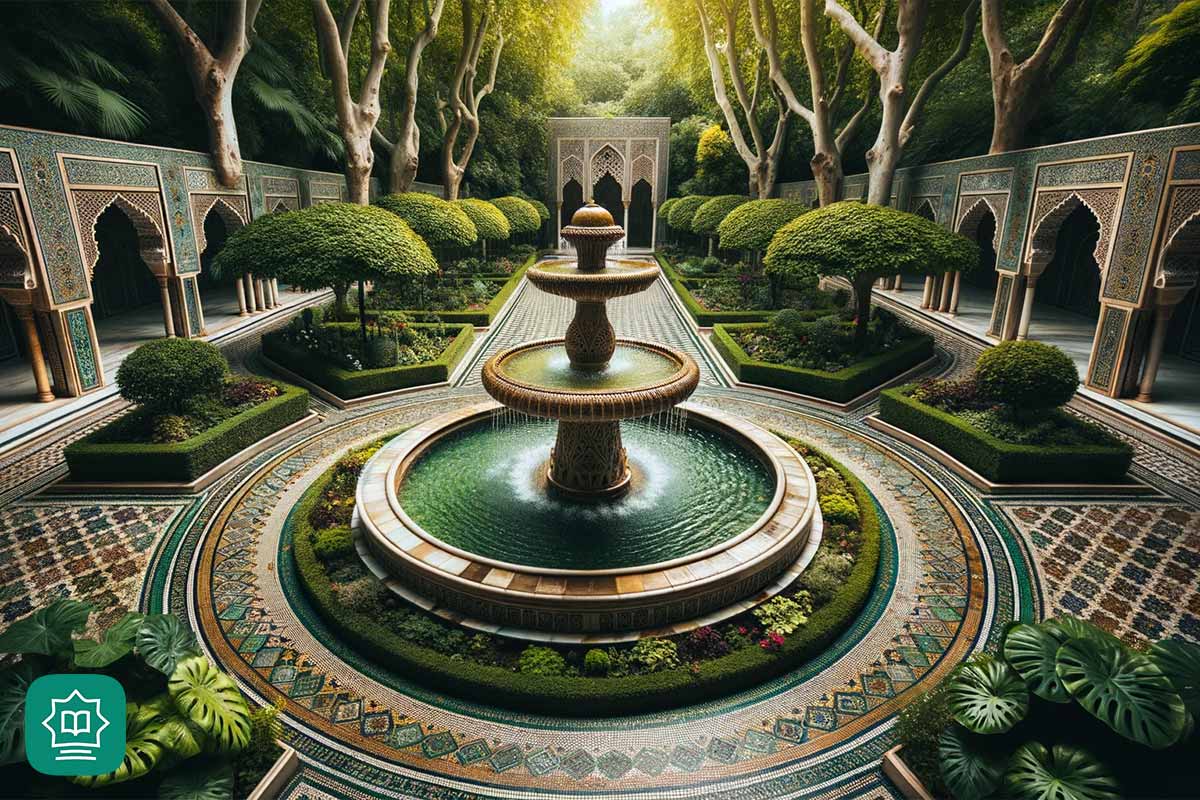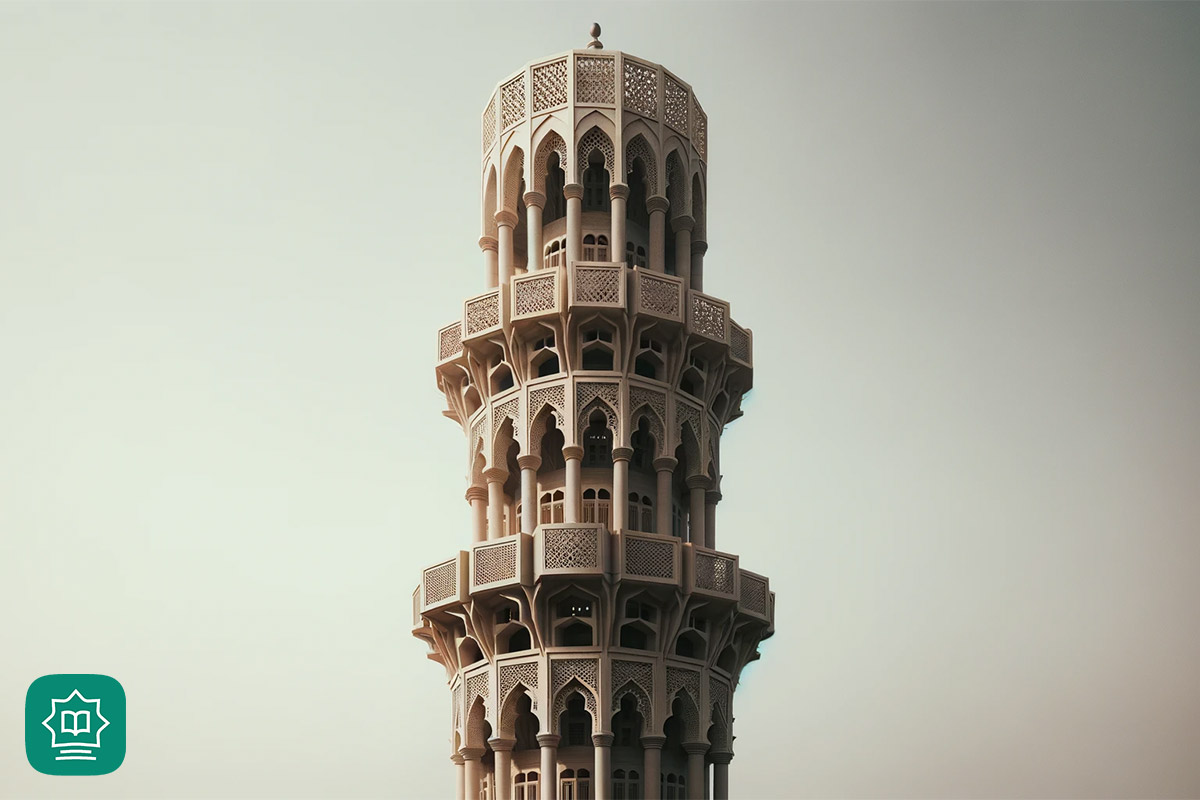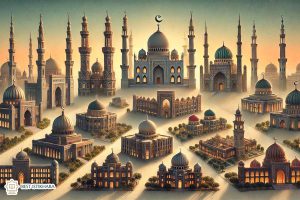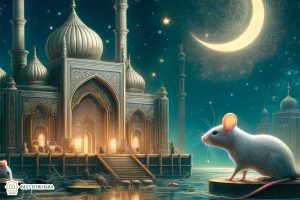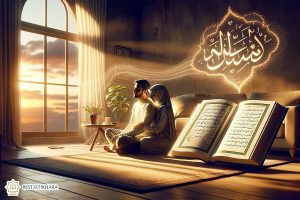In today’s world, where cultural fusion is prevalent, understanding the uniqueness of traditional designs becomes imperative. At Best Istikhara, one of the largest Islamic websites, we are dedicated to enriching our readers with profound knowledge about Islamic traditions. In this article, we delve deep into the heart of Islamic architecture to explore the distinct characteristics of Islamic houses. So, what makes an Islamic house stand out? Let’s journey through the intricacies of this age-old architectural style.
1) Orientation towards Mecca (Qibla)
An essential characteristic of an Islamic house is its orientation towards Mecca, the holiest city in Islam. While this is most pronounced in mosques, many traditional Islamic homes are also built considering the direction of the Qibla, allowing inhabitants to pray in the direction of the Kaaba.
2) Privacy is Paramount
Islamic architecture places a high value on privacy. Most traditional homes feature a central courtyard surrounded by high walls, ensuring that the interiors are shielded from the outside world. Windows facing the streets are usually placed higher up, reducing direct views into the house. Additionally, homes often have separate entrances and areas for men and women to ensure privacy.
3) Use of Mashrabiya
Mashrabiyas are intricate wooden latticework screens that cover windows. Not only are they aesthetically pleasing, but they also offer shade and privacy, allowing air to flow into the house without compromising on discretion. This design element is commonly found in Islamic homes, especially in regions with hotter climates.
4) Geometric and Arabesque Patterns
Islamic art and architecture are known for their intricate geometric designs and arabesque patterns. Due to the Islamic prohibition on the depiction of living beings in art, artists, and architects developed sophisticated patterns that are both symbolic and aesthetically pleasing. Walls, floors, and ceilings of Islamic houses may feature these patterns, radiating a sense of spiritual continuity and unity.
5) Water Features
Water holds both aesthetic and functional importance in Islamic architecture. Many Islamic homes feature fountains or small pools in their courtyards. These water elements not only provide a cooling effect in hot climates but also introduce a calming auditory element to the environment. Symbolically, water represents purity and life in Islamic culture.
6) Gardens and Greenery
The concept of the garden is deeply rooted in Islamic culture, symbolizing paradise. Many traditional Islamic houses incorporate gardens, whether in the form of courtyards filled with plants or larger walled gardens. These gardens, called riads in some regions, are meant to be a peaceful oasis, offering shade and tranquility.
7) Sustainable Design
Islamic houses are often designed with the environment in mind. Thick walls, narrow windows, and the use of local materials help in insulating homes against heat in desert regions. Wind towers, another feature of some Islamic houses, provide natural ventilation, drawing cool air into the house.
8) Islamic Roofs
Islamic architecture is renowned for its intricate designs, geometric patterns, and functional features. One of the standout elements of this architectural style is the Islamic roof. These roofs are often characterized by their domed shapes, which not only provide an aesthetic appeal but also have functional significance. The dome shape is efficient for shedding rainwater and maintaining cooler temperatures inside the building, especially in regions with a hot and arid climate. Additionally, the domes are frequently adorned with beautiful tilework, arabesque patterns, and sometimes even gold leaf, reflecting the artistry and craftsmanship of Islamic culture.
However, like any architectural structure, Islamic roofs require proper maintenance and care. Over time, they might develop issues due to natural wear and tear, weather conditions, or other external factors. If you suspect any damage or issues with your Islamic roof, it’s crucial to seek professional assistance. A qualified roofer can assess the situation, provide expert advice, and undertake necessary repairs or replacements. Fortunately, there are several specialized Islamic roofing companies available globally, including in Canada. Some renowned names in the industry include Roofing Sarnia, RoofingCA, among others. Whether it’s for routine maintenance or significant repairs, always trust a professional to ensure the longevity and beauty of your Islamic roof.
Conclusion
The beauty of Islamic architecture lies in its ability to intertwine functionality with profound spiritual symbolism. By understanding the characteristics of Islamic houses, one can appreciate the thoughtfulness and intention that went into creating homes that cater to both the physical and spiritual needs of their inhabitants.
At Best Istikhara, we remain committed to sharing insights that illuminate the richness of Islamic culture and traditions. Stay tuned for more enlightening articles on our platform.
(Note: While this article aims to offer a comprehensive overview of Islamic house characteristics, regional variations exist due to local cultures, climates, and historical influences.)




